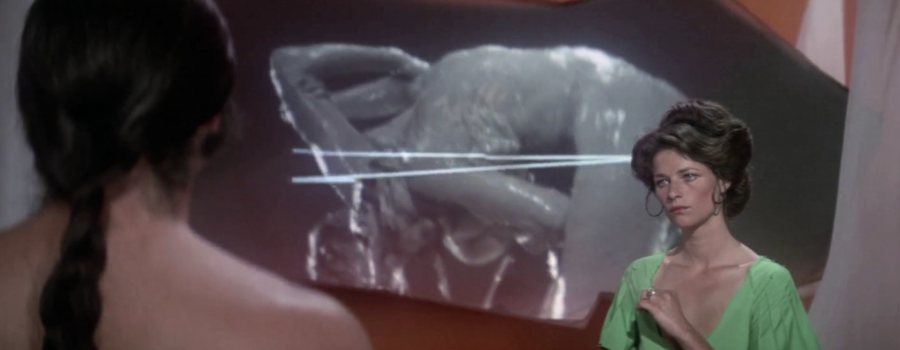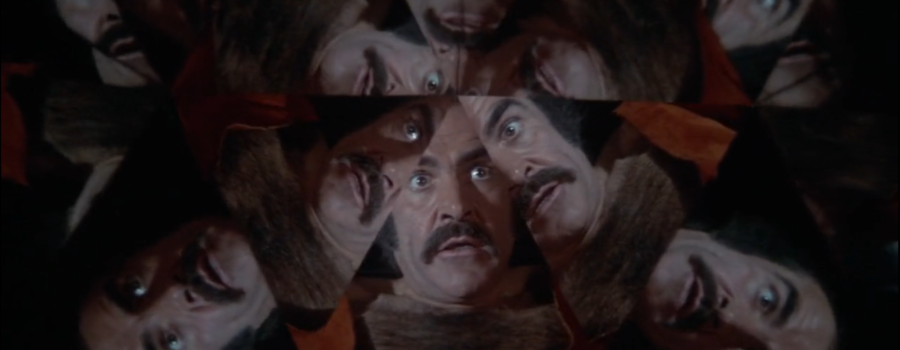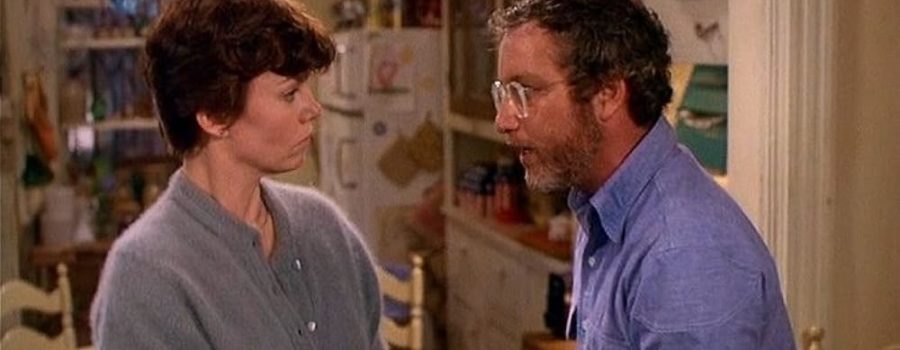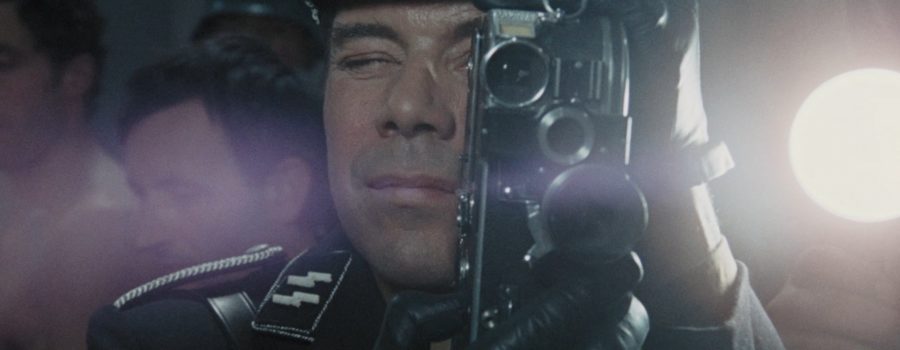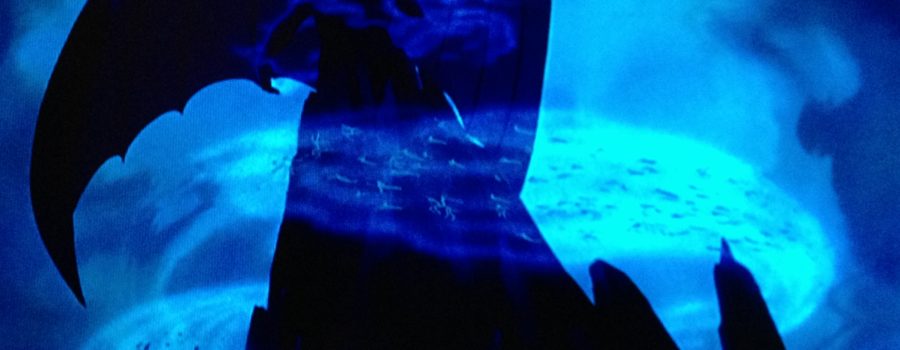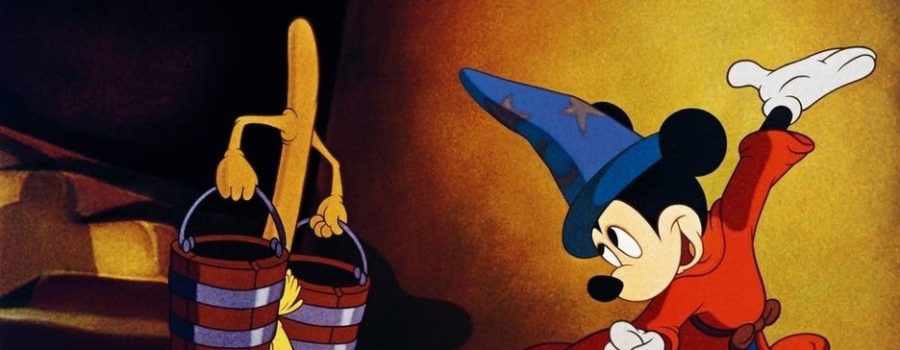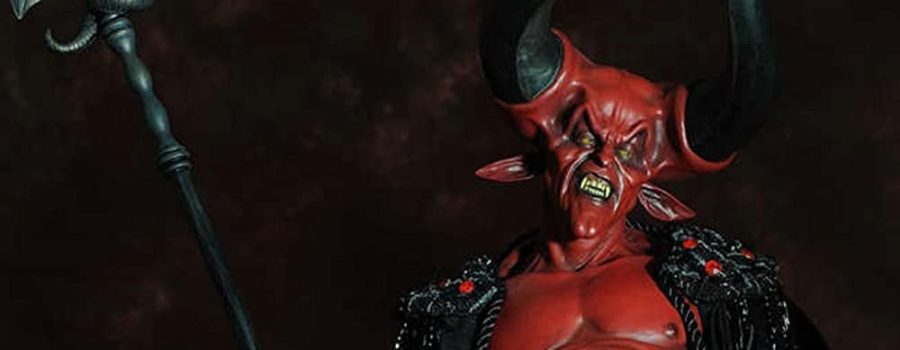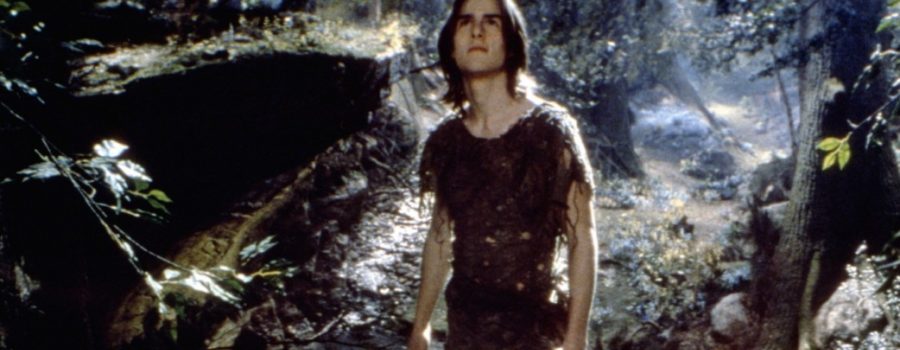Four “Fuckin A!” Moments in Action Movie Music
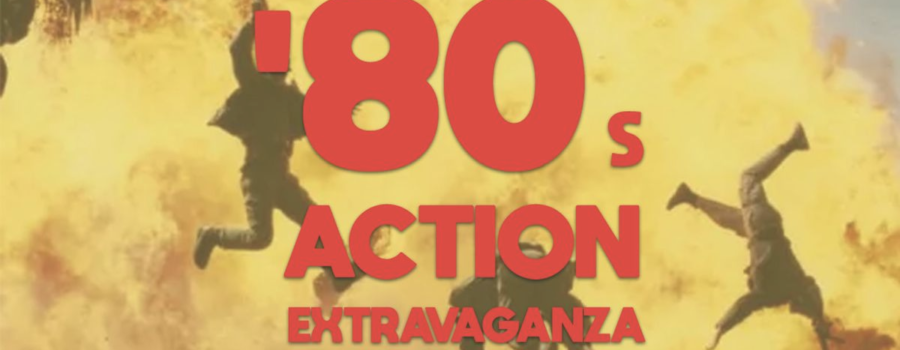
| Matthew Tchepikova-Treon | Beyond the hardbody brass hits, kettle drums, soaring guitars, and motoric basslines (that nowadays punctuate every last over-edited theatrical trailer to death), action movie music comes in many forms. In the 1970s, performers like J.J. Johnson (Across 110th Street), Johnny Pate… Continue reading

